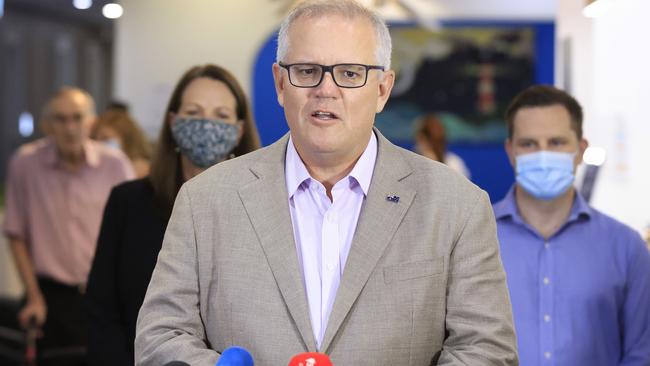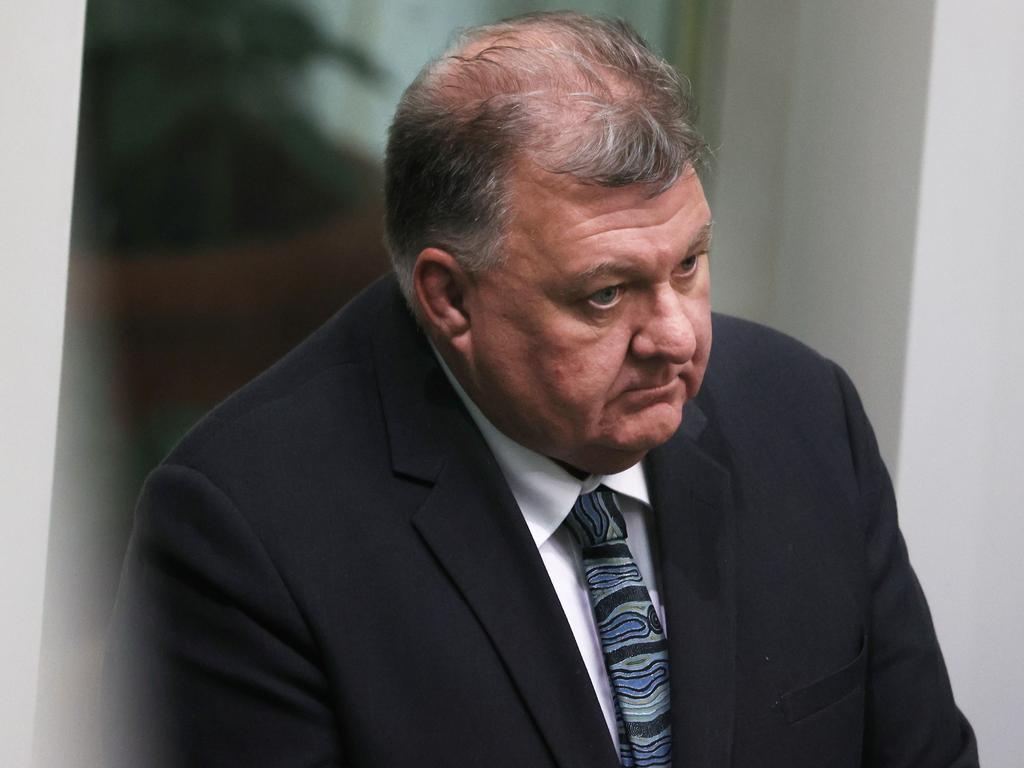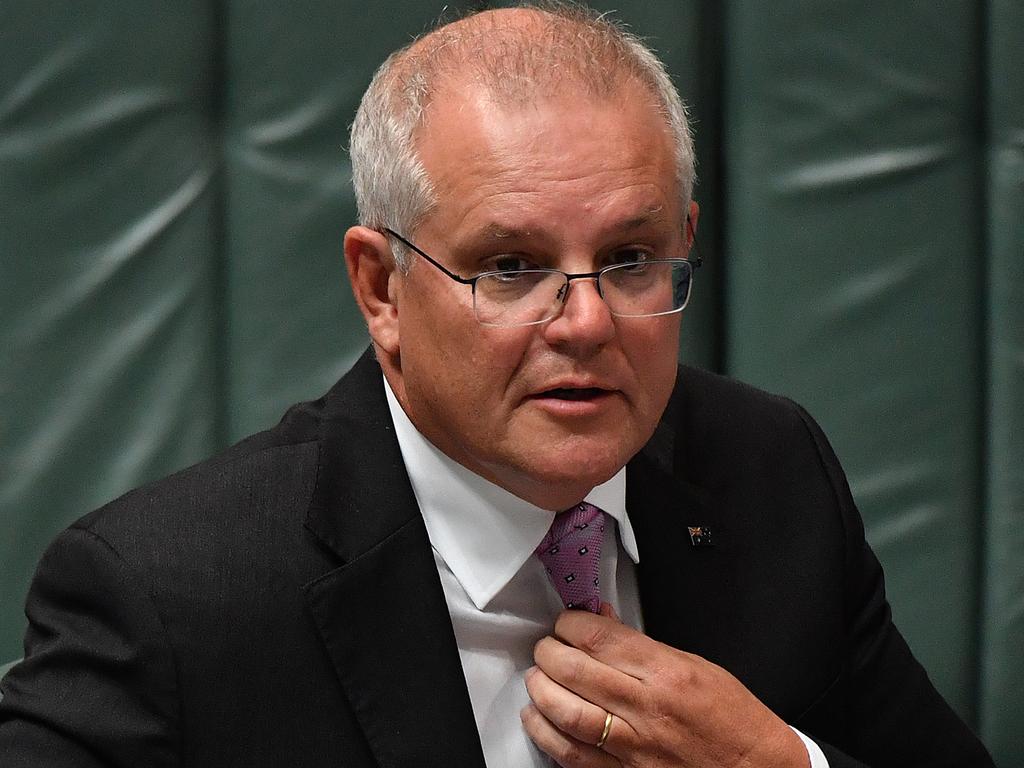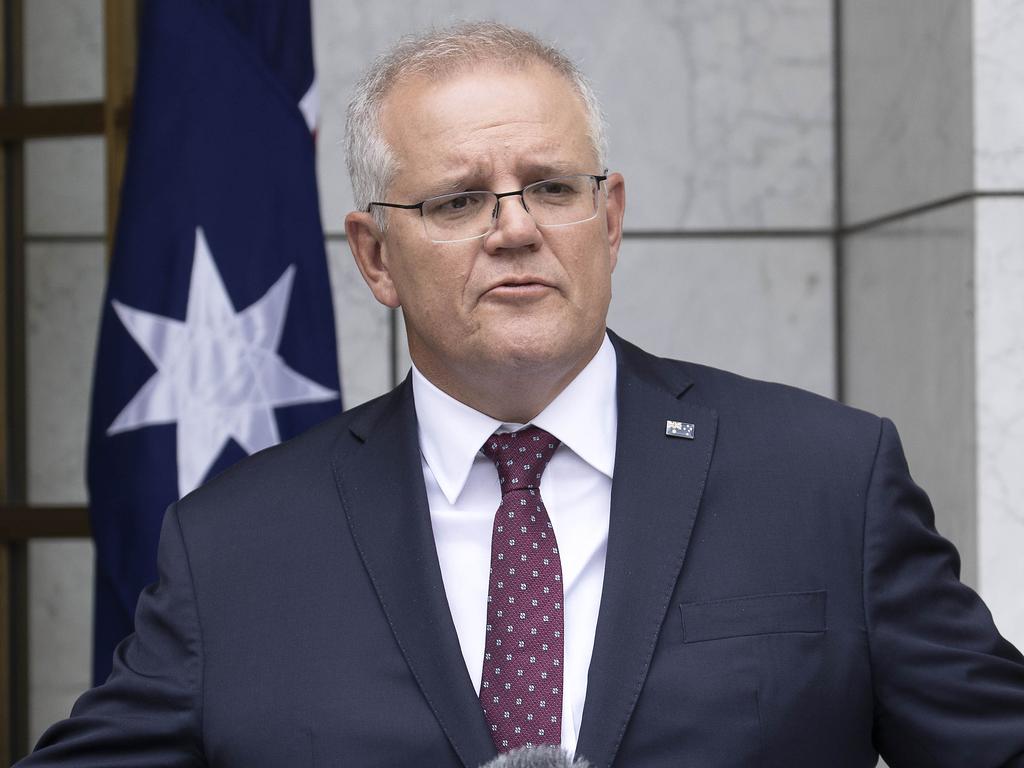
Now Scott Morrison has delivered the largest increase to the base rate of the dole in more than 30 years. This is an unconventional Liberal leader redefining the party as required during a time of crisis. And it is the reason why Morrison is favoured to win the election.
He has landed firmly in the middle ground in trying to strike a balance between competing political, budgetary and social imperatives. It is a sober recognition that there are community expectations on both sides of the welfare debate.
As Morrison himself said, the safety net is a social contract between the government, taxpayers and those who rely on taxpayers to support them in tough times.
He acknowledged that there will be those who think it should be more, those who think it should be less, and there will be those who believe there should have been no increase at all.
It is also an inevitability for a party that has been in government for 50 of the last 72 years since it was formed.
When you’re in government for most of the time, decisions like these are eventually going to fall to you.
Since the early 2000s, the indexation of the JobSeeker (formerly Newstart) payment had been gradually falling away under Labor and Coalition governments. By increasing the payment by $25 a week, Morrison’s policy returns it to its historical relativities under the Howard government when it was pegged to about 40 per cent of the minimum wage. The budget cost over the four-year estimates is $9bn.
Welfare groups describe it as a betrayal. But had the government ceded to their demands of a $25-a-day increase, the cost to taxpayers would have approached $55bn. Morrison points out that the $50 a fortnight represents the largest permanent increase to the base rate since 1986.
Business groups have welcomed it, Labor has said it would support it and even the stockmarket seemed to like it.
This was a dispiriting moment for Labor and Anthony Albanese, and it was evident in question time when Morrison said it took a Coalition government to do what a Labor government had never attempted since Keating, reinforcing the notion that the Coalition was the natural form of government federally.
It also reflected Morrison’s keen sense of the structural shift in the electoral foundations of the party to become one firmly anchored in the outer suburbs and regions rather than the chattering classes of the inner city, further amplifying the existential problem for Labor: Who does it represent?
This plan is trademark Morrison, who since being elected has sought to maintain consistency in his messaging across the breadth of the government’s policy decisions.
Much like the energy policy, the JobSeeker plan is one Morrison can sell equally in Melbourne and Rockhampton.
By adding stricter mutual obligations to the increased payment, he can appeal to the taxpaying battlers in the ’burbs while still easing the consciences of the wealthy in Mosman.








The largest debt, the largest budget deficit and the most expensive social spending program in the nation’s history.